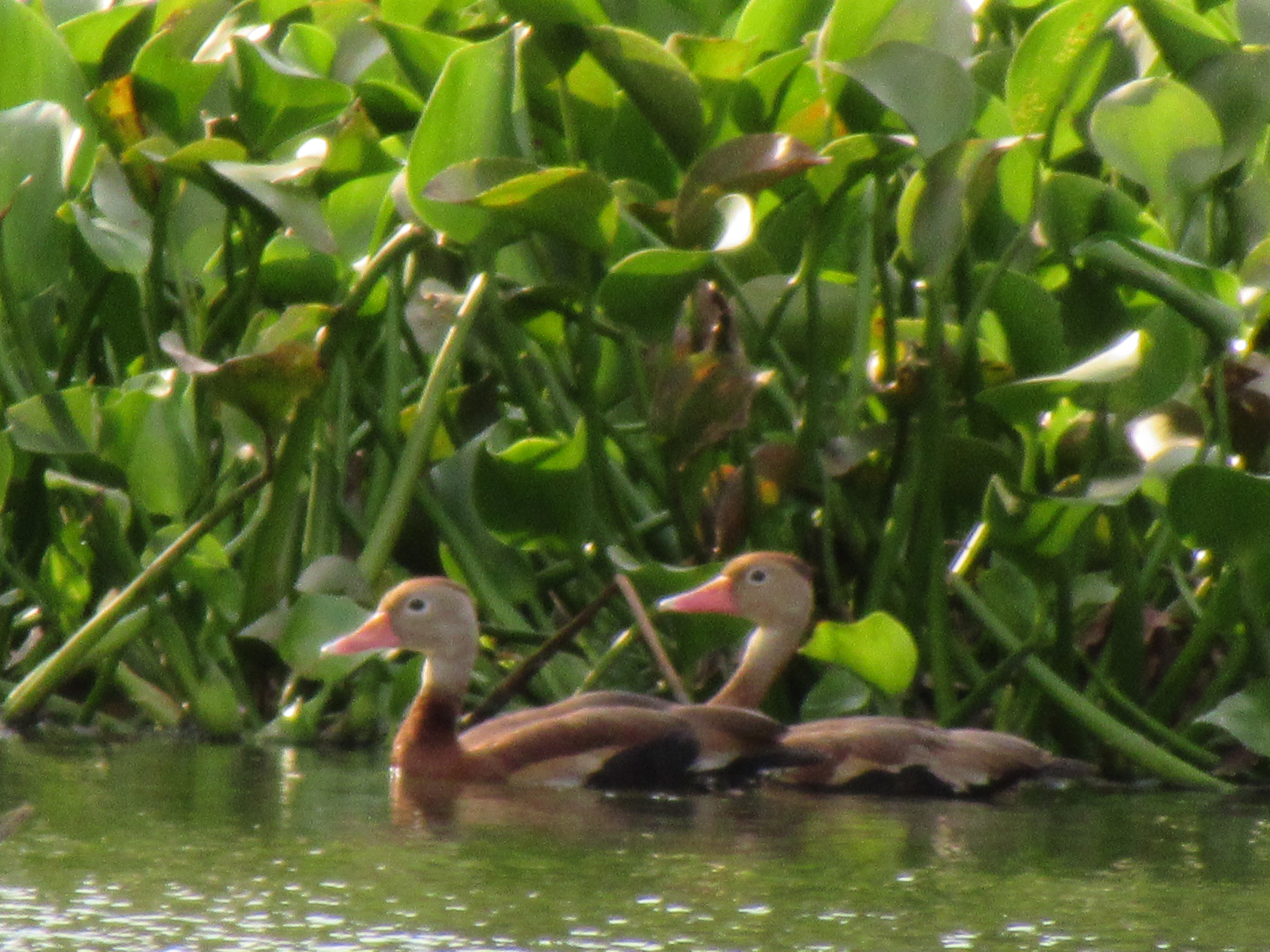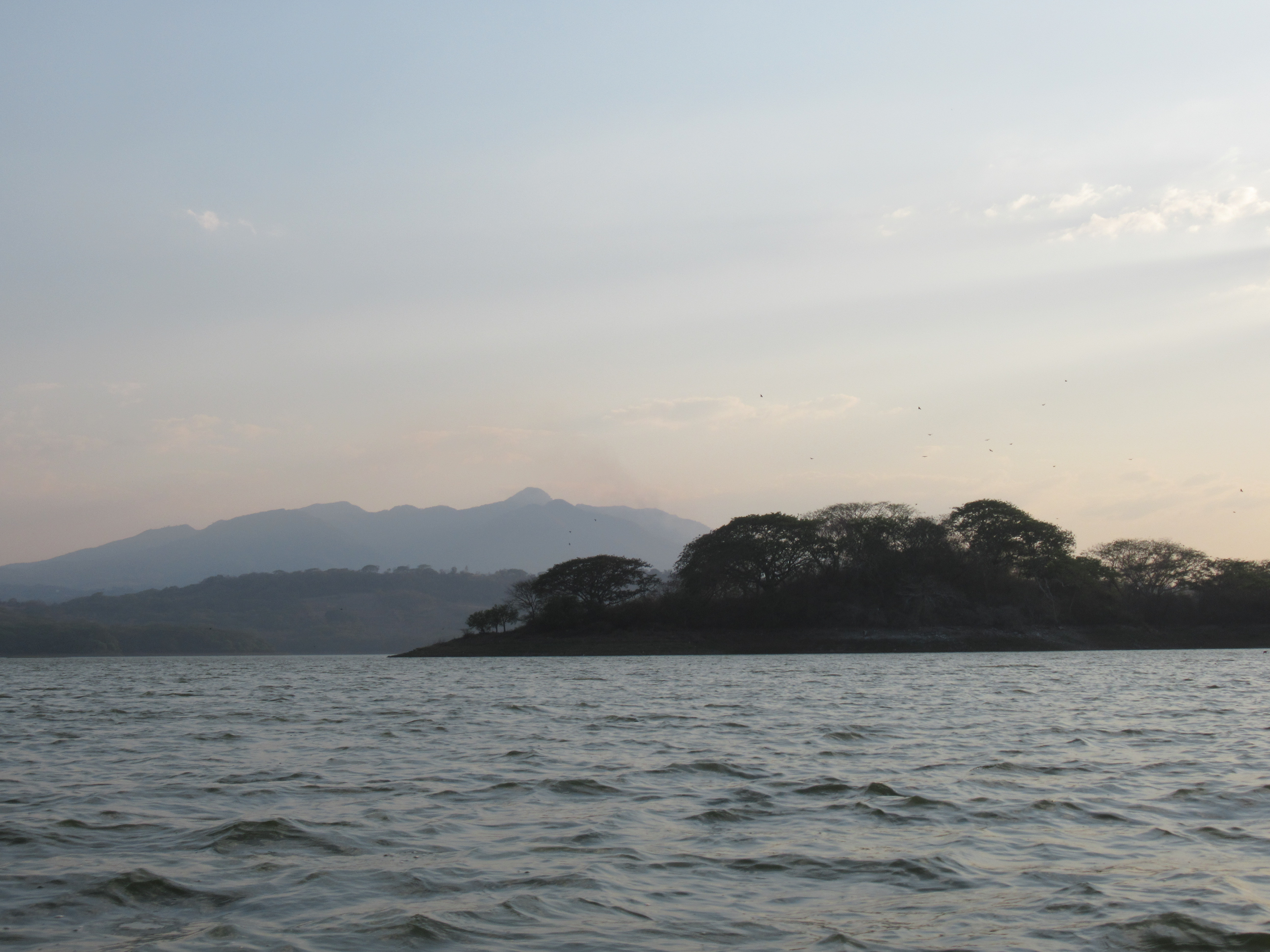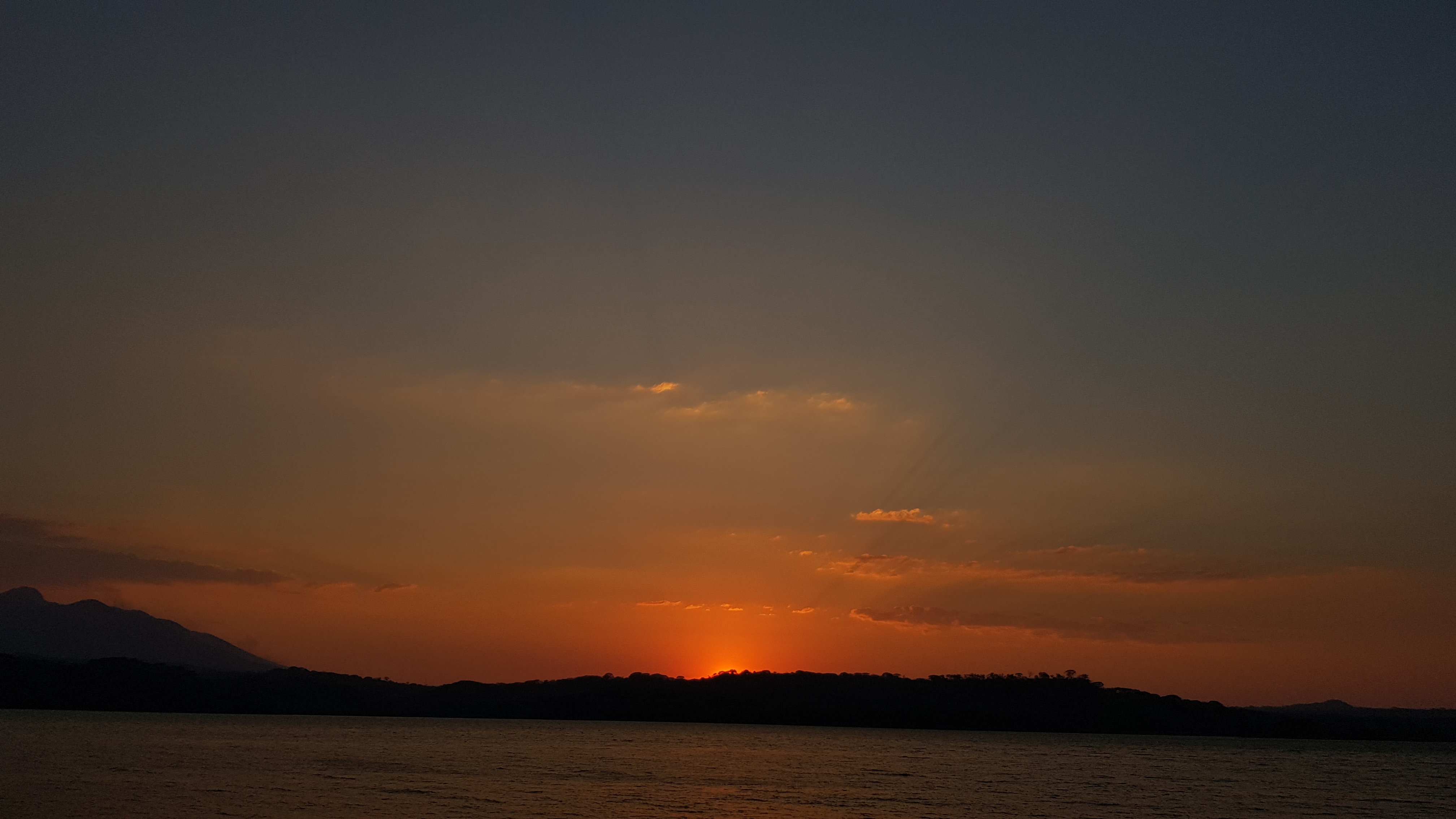Sunday, 17 March 2019
Suchitoto, El Salvador
Marvellous view overlooking the lake for breakfast on the terrace. Reminds me of being in Arba Minch, in the Rift Valley of southern Ethiopia. Amusing soundtrack for breakfast as there are a few large cages with four parrots perched. One is constantly shrieking, “Roberto”, in a very clear and commanding voice. Roberto is the owner’s son and can imagine the parrot is mimicking mother calling her son. The parrot never stops. The only other time I’ve heard a parrot speak was when working in Cologne. Used to stay in a guest house run by an elderly couple. He a large beer bellied German with a black leather waistcoat. She a petite little thing. He used to call her “Moppel” (an old colloquial name for ‘woman’ I am told) quickly followed by the parrot shrieking, “Moppel”.
Today’s transport is a Toyota Hilux. You can either go western and sit in the cab. Or go local and stand in the pick up section. Jump at the chance to stand up in the pick up section at the back. Great fun. Never be allowed to do that in Europe. Trundle along the cobbles surfing in the back grabbing onto the safety rails. Given my height, hanging tree branches are a major hazard.
After 10 minutes driving out of town arrive at Cascada Los Tercios. A dried up waterfall (as not the rainy season) reached by climbing down a near vertical cliff face comprising hexagonal stones caused by volcanic action. Well worth the climb down to look up at the rock face. El Salvador’s answer to the Giant’s Causeway in Northern Ireland. Tall vertical hexagonal rock sections tower over us.
What goes down must come up and it’s a steep scramble up the rocks to the top again and a panoramic view overlooking Lake Suchitlan. Man made in the 1970s to create a reservoir for the hydro electric power station, it flooded a valley and displaced about 14,000 people. Used to be a 15 minute drive across the valley to the other side but now takes 2hrs by road. Or there’s a rickety ferry.
Back in town meet one of the last surviving cigar makers. A 76 year old woman who has been rolling cigars since she was 7 years old, way back in 1951. Back in the old days, there were lots of women rolling cigars to meet the local supply. Gradually, the industry died out and now, it’s just her demonstrating for the tourists and selling to the odd local. In the good old days she used to earn 2 colons per day. The equivalent of 22 US cents PER DAY. And hand rolled 1,000 cigars each day.
That’s all she’s done for most of her life. Sit in her shop and roll cigars.
Just think about that for a moment.
Given a demonstration on how to roll a cigar. Having been to Cuba and seen how proper quality cigars are rolled, it’s clear that these are cheap and nasty cigars. Smell like it as well. Vile. Not that I’m a connoisseur by any stretch of the imagination but I do enjoy a Cuban Cohiba Siglo 6 cigar once a year in my favourite cigar bar in Berlin. I know what a good cigar smells and tastes like. For the cigars she’s making, the fill is full of offcuts and other crappy bits of leaf. Cuban cigars have a complete leaf as fill with a quality wrapper. She uses any old leaf as the wrapper which is pockmarked. And as with most things, you get what you pay for. She sells a single cigar for US$1. A quality Cuban cigar can retail in the UK for US$30-50.
That’s the difference.
Now that she’s given a demonstration, we’re let loose to roll our own. The guide tells me that she’s impressed with my cigar and she gives me a wry smile with a glint in her eye. I think I’ve pulled.
Nearby is a women’s charity ‘Women against violence’ who specialise in making clothes with indigo. Indigo used to be one of El Salvador’s main crops until the arrival of coffee. They specialise in that 1970s staple…tie-dye clothing.
As I’m not a hippy or a loony leftie, forego the opportunity of buying such garments.
Across the road is the local theatre. During the civil war one of the directors was friendly with a military person. One day he was tipped off to vacate the town as they were going to bomb the area because of all the left wing guerrillas in the vicinity. In order to protect his theatre, he invited the US Ambassador to a gala performance he hastily arranged for the night of the bombing. He then invited the Canadian Ambassador and said the US Ambassador had been invited. Likewise, the Mexican Ambassador and other dignitaries. He then rang his friend back in the military and told him that on the night of the bombing all these ambassadors would be attending a gala performance in the town. The bombing was called off, his theatre was saved and he became something of a local hero.
Given a brief overview of the El Salvadoran Civil War. In a nutshell. The lower working classes were fed up working for low pay and poor working conditions. Over a number of years they assembled themselves under the umbrella of FMLN (Farabundo Martí National Liberation Front) and started uprising and protesting trying to win a better deal, which led to the right wing government suppressing them through death squads, which led to guerrilla warfare, until the Peace Accord in 1992.
Afternoon boat trip on the lake. To see the birds. But. Once you’ve seen one egret and one cormorant. You’ve seen them all. Nevertheless, the highlight is a stop at San Francisco Lempa. To see the sunset. Across the lake.
A rather pleasant end to yet another interesting and fun day.
El Salvador.
The gift that keeps on giving.
Put it on your bucket list.
It’s been a highlight of the trip.
























